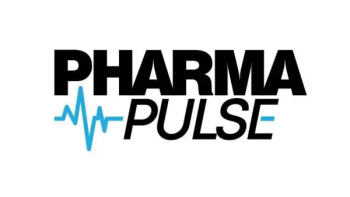In a presentation at an FDA/CMS meeting last week, John Jenkins, MD, director of the Office of New Drugs at CDER, touted the agency’s performance this year in reviewing applications and granting approvals: With a few weeks yet to go until the end of the calendar year, there have been 35 new moledular entity (NME) approvals, including 15 first-in-class therapies, which represent added challenges in that many of them were approved as breakthrough therapies (which requires FDA to expedite the approval process). By comparison, there were 27 approvals in calendar year 2013.
Also numbering 15, there will be a record number of orphan drug approvals in 2014. (Orphan drugs, for rare diseases that affect fewer than 200,000 patients in any given year in the US, are set up with additional incentives for the innovator developer, under the Orphan Drug Act.) Peter Saltonstall, president of the National Organization for Rare Disorders (NORD), an advocacy group, promptly jumped on the FDA data, noting that "We believe this milestone reflects momentum resulting from the combined efforts of stakeholders -- patient organizations, pharmaceutical companies and FDA. Since 1983, when one orphan drug was approved, NORD has seen progress in orphan product development that has accelerated notably in recent years."
Jenkins’ presentation also recapped performance details of FDA’s overall review process, noting that 97% of the NME approvals were completed within the schedule set by the Prescription Drug User Fee Act (PDUFA V), and 74% of them were approved on their first review cycle. Margaret Hamburg, FDA commissioner, in the FDA blog, judged that these are “very impressive” numbers; but it should be noted that they are also a testament to the skill of biopharma drug developers in filing complete applications with significant data.
Another statistic to conjure with is that 61% of all drug approvals worldwide were granted first in the US in this calendar year. That statistic has been rising, unsteadily, since the early 2000s, when it was around 40%.




